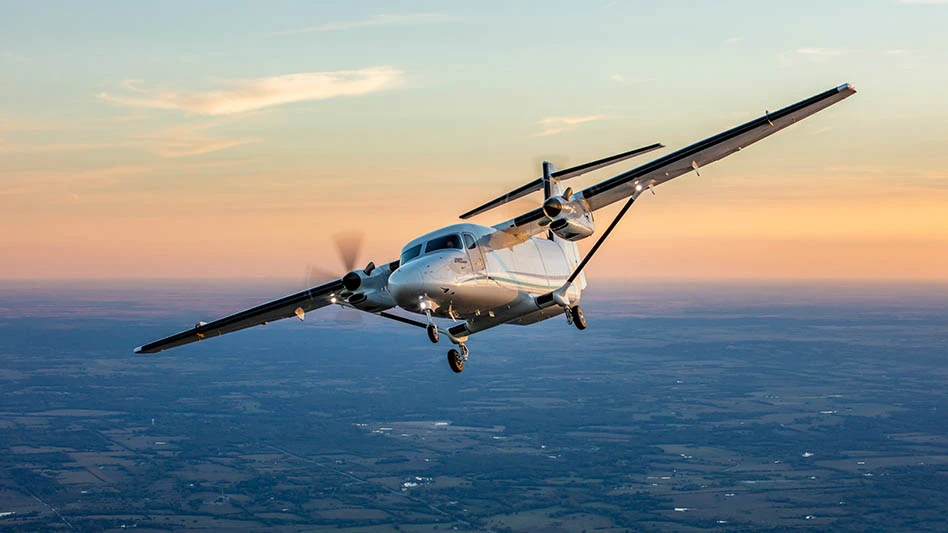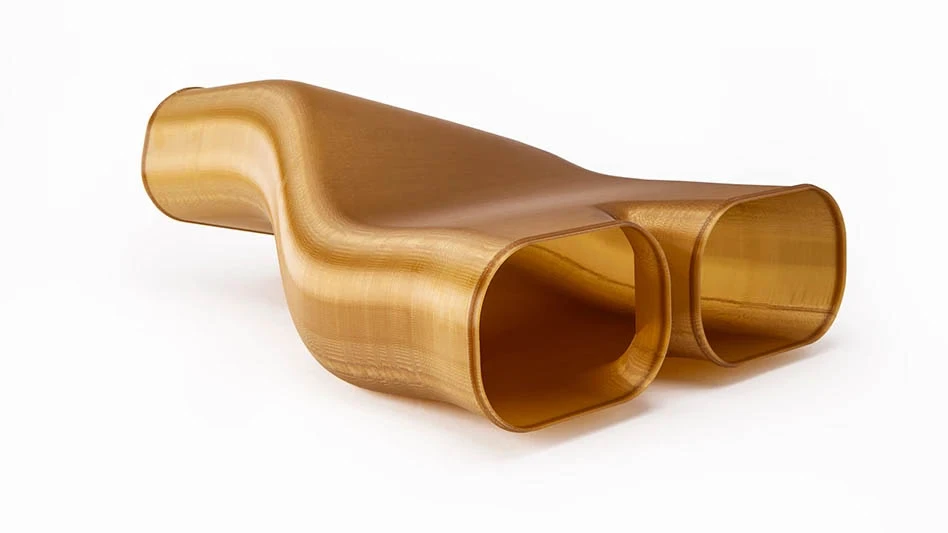
Officials from the Organization for Joint Armament Cooperation (OCCAR) and Airbus have signed the Eurodrone global contract for developing and manufacturing 20 systems and 5 years of in-service support. Major subcontractors are Airbus Defence and Space in Spain, Dassault Aviation in France, and Leonardo in Italy, while launch nations are Germany, France, Italy, and Spain.
“Eurodrone will generate more than 7,000 high-tech jobs within the industry and strengthen European industrial sovereignty, know-how, and collaboration between nations,” says Airbus Defence and Space CEO Mike Schoellhorn.
A medium altitude long endurance (MALE) remotely piloted aircraft system (RPAS) for intelligence, surveillance, target acquisition, and reconnaissance (ISTAR) missions or homeland security operations, Eurodrone is designed for integration into civil airspace.
Eurodrone will be designed and developed from the start through digital design, manufacturing, and services (DDMS), a stepped approach for better upgrade planning, improved operational availability, and lower life cycle costs.
Bell APT demonstrates detect and avoid flight

Bell Textron’s Autonomous Pod Transport (APT) demonstrated a ground-based detect and avoid (DAA) flight, fulfilling an extension for its NASA Systems Integration and Operationalization (SIO) project. The demonstration showcased the aircraft’s ground radar system integration and capabilities when navigating airspace traffic and requirements, critical for future advanced air mobility (AAM) vehicles.
The SIO demonstration executed a beyond visual line of sight mission in complex airspace using DAA technology for monitoring.
“Radar monitoring, whether airborne or ground-based, may become an important part of drone delivery, air taxi services, and other aspects of the ever-expanding AAM ecosystem,” says Matt Holvey, director, Bell’s Intelligent Systems.
Microsoft provided AirSim, a simulation tool for training autonomous systems, which gave Bell a digital twin to model the NASA SIO extension flight in the virtual world before flying. This allowed the team to conduct simulated real-world tests of the APT without safety risks and at a fraction of the cost and time needed.
Honeywell drone radar avoids collisions automatically
A drone piloted by the Honeywell IntuVue RDR-84K radar system repeatedly swerved around another drone in a series of tests that are key to the future of pilotless aviation.
The tests showed the radar can detect airborne traffic and decide autonomously on a course of action, taking over navigation and piloting an aircraft to safety using its onboard processor.
The technology could have far-ranging impacts on the future of flight – especially as advanced air mobility companies ready vehicles to enter increasingly crowded airspace.
The size of a paperback book and weighing less than 2 lb, the RDR-84K radar proved it can detect objects without transponders (non-cooperating traffic) during testing while mounted on helicopters and drones. The latest tests marked the first time it performed avoidance without human intervention.
Honeywell engineers flew two quadcopter drones directly at each other on autopilot, 300ft above the ground at a desert test site. In multiple flights with increasingly difficult encounters, the RDR-84K-equipped drone detected the other drone, calculated an avoidance maneuver, and took over navigation, flying left, right, up, down, or stopping midair. Once the danger of a collision passed, the radar released control of the drone, and the autopilot guided it back to its original course.
The radar can see targets at 3km using a system of overlapping electronically steered beams to increase accuracy and eliminate ground clutter. It can also map terrain, provide alternate navigation in the case of GPS failure, and act as a radar altimeter during landing.

Explore the April 2022 Issue
Check out more from this issue and find your next story to read.
Latest from Aerospace Manufacturing and Design
- Twin-cutter boring head
- Bell awarded funding for X-plane build phase of SPRINT program
- Shaft coupling clamps
- #46 Lunch + Learn Podcast with SMW Autoblok
- Gleason Corp. acquires the Intra Group of Companies
- Thread milling cutter reduces cutting pressure, vibration
- Malaysia Aviation Group orders 20 more Airbus A330neo widebodies
- More displacement from space-tested piezo actuators





